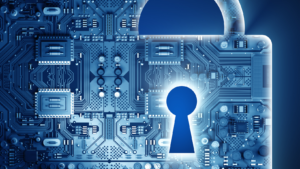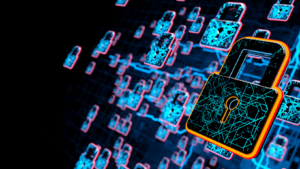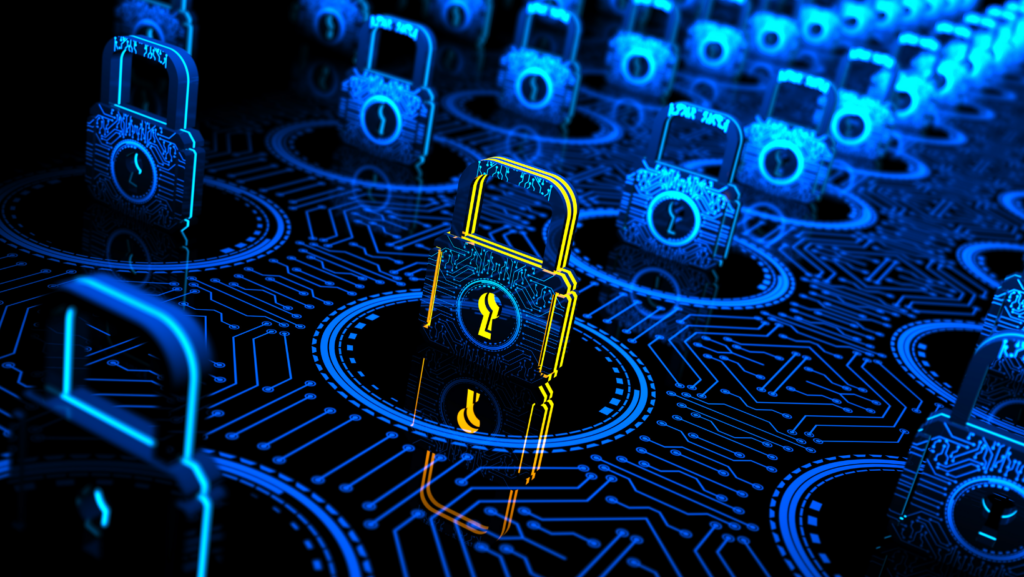In today’s digital age, cybersecurity safety tips awareness month cybersecurity has become a crucial aspect of our everyday lives. With the increasing number of cyber threats, it’s more important than ever to stay informed and vigilant. October marks Cybersecurity Awareness Month, a time dedicated to educating individuals and organizations about the importance of protecting their digital assets.
This annual initiative encourages everyone to adopt safer online practices and understand the potential risks lurking in cyberspace. From phishing scams to data breaches, cyber threats are evolving rapidly, making awareness and proactive measures essential. By focusing on practical cybersecurity safety tips awareness month cybersecurity, individuals can safeguard their personal information and contribute to a more secure digital environment.
As technology continues to advance, so do the tactics of cybercriminals. Cybersecurity Awareness Month serves as a reminder that staying informed and prepared is key to defending against these threats. Embracing cybersecurity best practices not only protects personal data but also helps maintain the integrity of networks and systems worldwide.
Cybersecurity Safety Tips Awareness Month Cybersecurity

Cybersecurity safety tips awareness month cybersecurity plays a critical role in enhancing digital safety. Established to educate the public, this annual event emphasizes the dynamic nature of cyber threats. It underscores the necessity for individuals and organizations to upgrade their security measures continuously. The month-long campaign advocates for proactive practices, like updating software and using strong passwords, to minimize vulnerabilities.
Monthly initiatives aim to engage diverse groups through workshops, webinars, and informational campaigns. These efforts cater to both tech-savvy users and those with limited digital skills, ensuring comprehensive awareness. By promoting shared responsibility, Cybersecurity Awareness Month helps reduce the risk of data breaches and cyber attacks.
Key Cybersecurity Threats
Cybersecurity Awareness Month emphasizes understanding prevalent threats. Cybercriminals continuously adapt their tactics, endangering digital safety.
Phishing Attacks
Phishing attacks exploit human trust to steal sensitive information. Cybercriminals craft convincing emails, masquerading as legitimate entities. Victims, believing the source is trustworthy, often reveal personal data or click malicious links. According to the FBI’s Internet Crime Report 2023, phishing accounted for over 25% of cyber incidents. To combat phishing, educating users about recognizing suspicious communication is crucial.
Malware and Ransomware

Malware refers to malicious software that disrupts, damages, or gains unauthorized access to resources. Ransomware, a specific type, locks users out of their systems until a ransom’s paid. In 2022, global ransomware damage costs surpassed $20 billion, with healthcare and finance sectors among the hardest hit. Regular software updates, robust antivirus solutions, and data backups can mitigate these risks.
Social Engineering
Social engineering manipulates psychological vulnerabilities to breach security. Cybercriminals often impersonate trusted figures, tricking individuals into divulging confidential information. Threat actors may execute schemes like baiting and pretexting to gain access. The Verizon 2023 Data Breach Investigations Report noted social engineering in 22% of data breaches. Training sessions improve recognition of manipulative tactics, strengthening organizational defenses.
Essential Cybersecurity Safety Tips

Adopting essential cybersecurity safety tips enhances protection for individuals and organizations. Implementing these measures helps safeguard against the evolving tactics of cybercriminals.
Creating strong passwords is crucial in preventing unauthorized access. Passwords should contain a mix of letters, numbers, and symbols to increase complexity. Avoid using easily guessed information like birthdays or common words. According to NIST guidelines, changing passwords regularly and not reusing them across multiple accounts minimizes risks.
Two-Factor Authentication
Two-factor authentication (2FA) provides an additional security layer by requiring a second verification step. Even if a password is compromised, 2FA hinders unauthorized access by sending a code to a trusted device. Implementing 2FA is recommended for most sensitive accounts, enhancing user protection significantly.
Regular Software Updates
Maintaining regular software updates ensures the latest security patches are in place. Cybercriminals often exploit software vulnerabilities, making timely updates essential. Enabling automatic updates for operating systems and applications helps defend against known exploits and enhances overall security posture.

